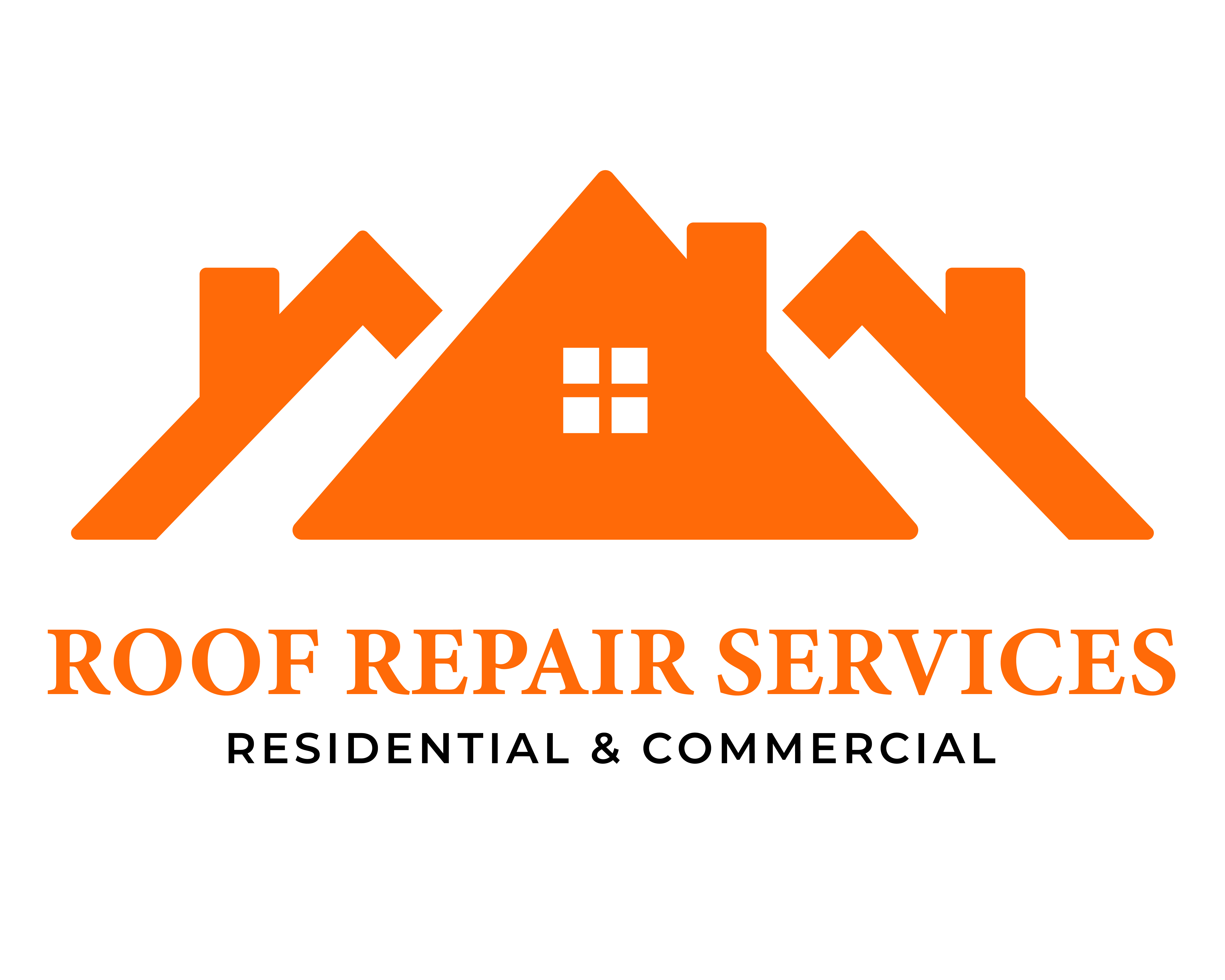Effective Roof Repair and Leak Detection: Identifying and Addressing Leaks - Roof Repair Services
- Home
- Effective Roof Repair and Leak Detection: Identifying and Addressing Leaks
Car Repairing
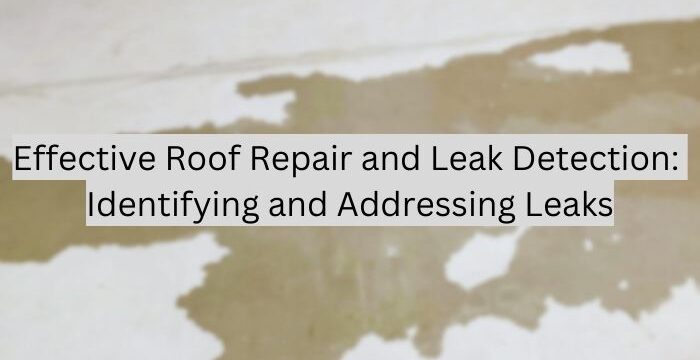
- August 1, 2024
- By: roofrepair_admin
- General
- Comments: 0
Effective Roof Repair and Leak Detection: Identifying and Addressing Leaks
Timely and effective roof repair and leak detection are essential for maintaining the structural integrity of your home and preventing costly damage. Roof leaks can lead to significant problems, including mold growth, structural damage, and costly repairs. This guide will help you understand the causes of roof leaks, how to detect them, and the immediate steps to take to find roof leaks when a leak is found.
Understanding Roof Leaks
Roof leaks can result from various factors, including weather damage, aging, and poor installation. Common causes of roof leaks include damaged or missing shingles, cracked flashing, clogged gutters, and ice dams. Identifying the signs of a roof leak is crucial for early intervention. Common indicators of a leaking roof are water stains on ceilings and walls, dampness in the above attic spaces, mold growth, and visibly damaged shingles. These signs can help you locate potential leaks before they cause extensive damage.
Comprehensive Leak Detection Methods
Effective leak detection is critical for preventing further damage and ensuring timely repairs. Start with a thorough visual inspection, checking for obvious signs of damage such as missing shingles, cracked flashing, and water stains on interior walls and ceilings. Examine the attic for damp spots, mold, and rotted wood. Using technology like infrared scanners and moisture meters can help detect hidden moisture and pinpoint the exact location of leaks. Professional leak detection services can also be beneficial, as experts have the tools and experience to identify and address leaks accurately.
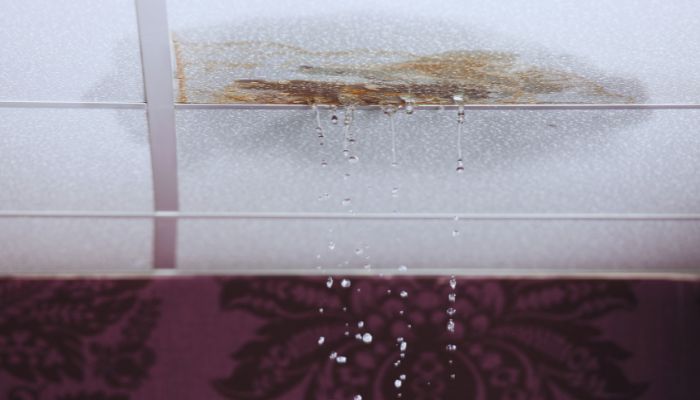
Immediate Steps to Take When a Leak is Found
When you detect a roof leak, taking immediate action can minimize damage. Contain the leak by placing a bucket or container under the affected area to catch dripping water and prevent further water intrusion. Move furniture and personal items away from the leak to prevent damage. For temporary fixes, use roofing tape or heavy plastic to cover the damaged area and prevent further water intrusion. These measures can help protect your home until a more permanent repair can be made.
Roof Repair Techniques
Addressing roof leaks promptly is essential to maintain the integrity of your roof. For minor leaks, patching the damaged area can be an effective solution. Clean the area thoroughly and apply roofing cement or sealant to seal small holes and cracks. If you need to replace damaged shingles, carefully lift the surrounding shingles and remove the damaged ones. Slide new shingles into place and secure them with roofing nails. Apply a layer of roofing cement around the edges to ensure a watertight seal. Repairing flashing is also crucial, as it protects vulnerable areas around chimneys, roof vents and, and skylights. Replace cracked or damaged flashing and seal it properly to prevent water intrusion.
Professional Roof Leak Repair Services
When dealing with a leaky roof, sometimes DIY solutions are not enough, especially if the damage is extensive or the source of the leak is difficult to identify. Professional roof leak repair services offer several advantages, including the expertise and tools necessary to address complex issues and ensure long-term solutions.
Hiring a professional roofing contractor can be beneficial in several ways. Professionals can conduct a thorough inspection to accurately locate the leak source, which may not always be apparent. They can also assess the extent of the damage and recommend the most effective repair methods. For example, if the leak is due to damaged flashing around chimneys or vents, a professional roofer can replace the flashing and seal it properly to prevent future leaks. Similarly, if the problem is with the roofing nails or shingles, they can replace the damaged materials and ensure a secure installation.
The cost of professional roof leak repairs can vary depending on the severity of the damage and the materials needed for the repair. However, investing in professional roof leak requires services can save you money in the long run by preventing further damage and costly repairs down the line. Additionally, professional repairs often come with warranties, providing peace of mind that the work is guaranteed.
Preventative Measures to Avoid Future Leaks
Preventing roof leaks requires regular maintenance and proactive measures. Regular roof maintenance is crucial for ensuring your roof remains in good condition and preventing minor issues from becoming major problems.
One of the key preventative measures is to inspect your roof regularly. Look for signs of damage such as missing shingles, damaged flashing, and clogged gutters. Ensure that the gutters are clean and free of debris, as clogged gutters can cause water to back up and leak into the roof and exterior walls. Trimming overhanging branches is also important to avoid damaging shingles and prevent debris buildup on the roof surface.
Installing gutter guards can help keep debris out of your gutters and reduce the risk of clogs. Proper ventilation is another critical factor in preventing roof leaks. Ensure that your roof edges attic has adequate ventilation to prevent moisture buildup, which can lead to mold growth and structural damage. Address minor issues promptly to avoid more extensive damage. Fix small leaks and damaged areas as soon as you notice them to prevent them from becoming major problems.
Choosing the Right Roofing Materials
Selecting the right roofing materials can significantly impact your roof’s durability and resistance to leaks. Different roof materials offer varying levels of durability and leak resistance. Asphalt shingles are affordable and easy to install but can be prone to damage from high winds and hail. Regular inspections and prompt repairs can help maintain their leak resistance. Metal roofs are highly durable and resistant to leaks, capable of withstanding harsh weather conditions. Proper installation and maintenance are essential to prevent rust and corrosion. Tile roofs, made from clay or concrete, are also highly durable and resistant to leaks. However, they can be heavy and require a strong roof structure to support their weight. Cracked or broken tiles should be replaced promptly to prevent water intrusion.
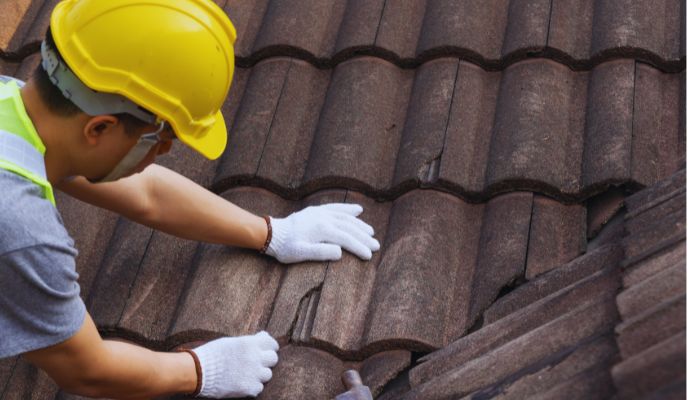
Preventative Measures to Avoid Future Leaks
Preventing roof leaks requires regular maintenance and proactive measures. Regular roof maintenance is crucial for ensuring your roof remains in good condition and preventing minor issues from becoming major problems. One of the key preventative measures is to conduct regular roof inspections. Look for signs of damage such as missing shingles, damaged flashing, and clogged gutters. Ensuring the gutters are clean and free of debris is essential, as clogged gutters can cause water to back up and leak into the roof and exterior walls. Regular inspections help identify potential leaks before they cause significant damage.The most common cause of a leaking roof is weather-related damage, including heavy rain, high winds, and hail.
Proper attic ventilation is another critical factor in preventing roof leaks. Adequate ventilation helps maintain proper temperature and moisture levels in the attic space, reducing the risk of mold growth and structural damage. Ensure that your attic has enough ventilation to allow air to circulate, which can help prevent moisture buildup and further damage. Additionally, installing gutter guards can keep debris out of your gutters, reducing the risk of clogs and water overflow.
Addressing minor issues promptly is essential to avoid more extensive damage. If you notice small leaks or damaged areas, fix them as soon as possible to prevent them from becoming major problems. For example, if you find missing or damaged shingles, replace them immediately to prevent water from seeping into the roof decking and causing further damage. Regular maintenance should also include cleaning the roof deck and surface to remove debris, inspecting for signs of wear and tear, and ensuring that all components, such as flashing and seals, are in good condition.
Trimming overhanging branches is also important to avoid damaging roof shingles, and prevent debris buildup on the roof surface. Tree branches that hang over the roof can drop leaves, twigs, and other debris onto the roof, leading to clogs in the gutters and potential damage to the shingles. By keeping the roof surface clean and free of debris, you can help maintain the integrity of the roofing material and prevent future leaks.
Choosing the Right Roofing Materials
Selecting the right roofing materials can significantly impact your roof’s durability and resistance to leaks. Different and damaged roofing materials offer varying levels of durability and leak resistance. Asphalt shingles are one of the most common roofing materials due to their affordability and ease of installation. However, they can be prone to damage from high winds and hail, leading to leaks. Regular inspections and prompt repairs of damaged shingles can help maintain their leak resistance.
Metal roofs are known for their durability and long lifespan. They are highly resistant to leaks and can withstand harsh weather conditions. However, metal roofs require proper installation and maintenance to prevent issues such as rust and corrosion, which can lead to leaks. Regular inspections and cleaning can help keep metal roofs in good condition.
Tile roofs, made from materials such as clay or concrete, are also highly durable and resistant to leaks. However, they can be heavy and require a strong roof structure to support their weight. Tile roofs are less prone to damage from weather conditions, but cracked or broken tiles should be replaced promptly to prevent water intrusion.
Consulting with a professional roofing contractor can help you determine the best roofing material for your climate and home. They can provide expert advice on the most suitable roof replacement materials based on factors such as durability, maintenance requirements, and budget. Upgrading to more durable roofing materials can offer better leak resistance and longevity compared to traditional asphalt shingles.
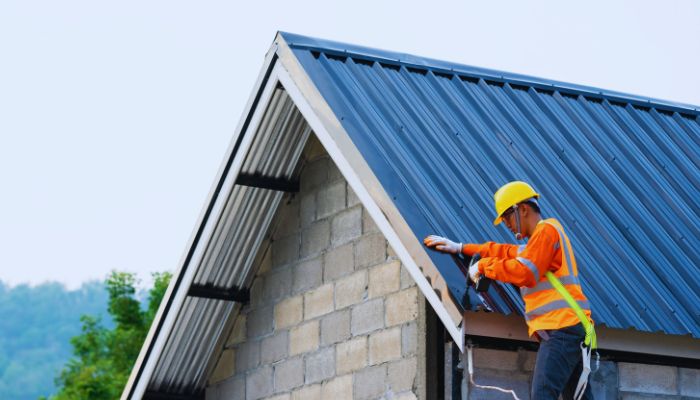
When to Call a Professional
While DIY repairs can be effective for minor issues, some problems require professional expertise. Identifying when a problem is beyond DIY repair is crucial for maintaining your roof’s health. If you encounter extensive water damage, structural issues, or are unable to locate the leak source, it is best to hire a professional roofing contractor. Professionals have the experience and tools to handle complex repairs and ensure the roof’s integrity.
Hiring a reputable roofing contractor can provide several benefits. Professionals can conduct a thorough inspection to accurately locate the leak source, which may not always be apparent. They can also assess the extent of the damage and recommend the most effective repair methods. For example, if the leak is due to damaged flashing around chimneys or vents, a professional roofer can replace the flashing and seal it properly to prevent future leaks. Similarly, if the problem is with the roofing nails or shingles, they can replace the damaged materials and ensure a secure installation.
The cost of professional roof leak repairs can vary depending on the severity of the damage and the materials needed for the repair. However, investing in professional services can save you money in the long run by preventing further damage and costly repairs down the line. Additionally, professional repairs often come with warranties, providing peace of mind that the work is guaranteed.
Conclusion
In conclusion, effective roof repair and leak detection involve identifying and addressing leaks promptly to prevent further damage. Understanding the common causes of roof leaks, recognizing the signs of a leaky roof, and knowing how to perform basic repairs can help you maintain your roof’s integrity. When necessary, don’t hesitate to seek professional, roof inspection and leak repair services to ensure long-lasting solutions. Regular maintenance and choosing the right roofing materials can also help you avoid future leaks and extend the lifespan of your roof. By staying proactive and vigilant, you can protect your home from water damage and ensure a secure, leak-free roof.
